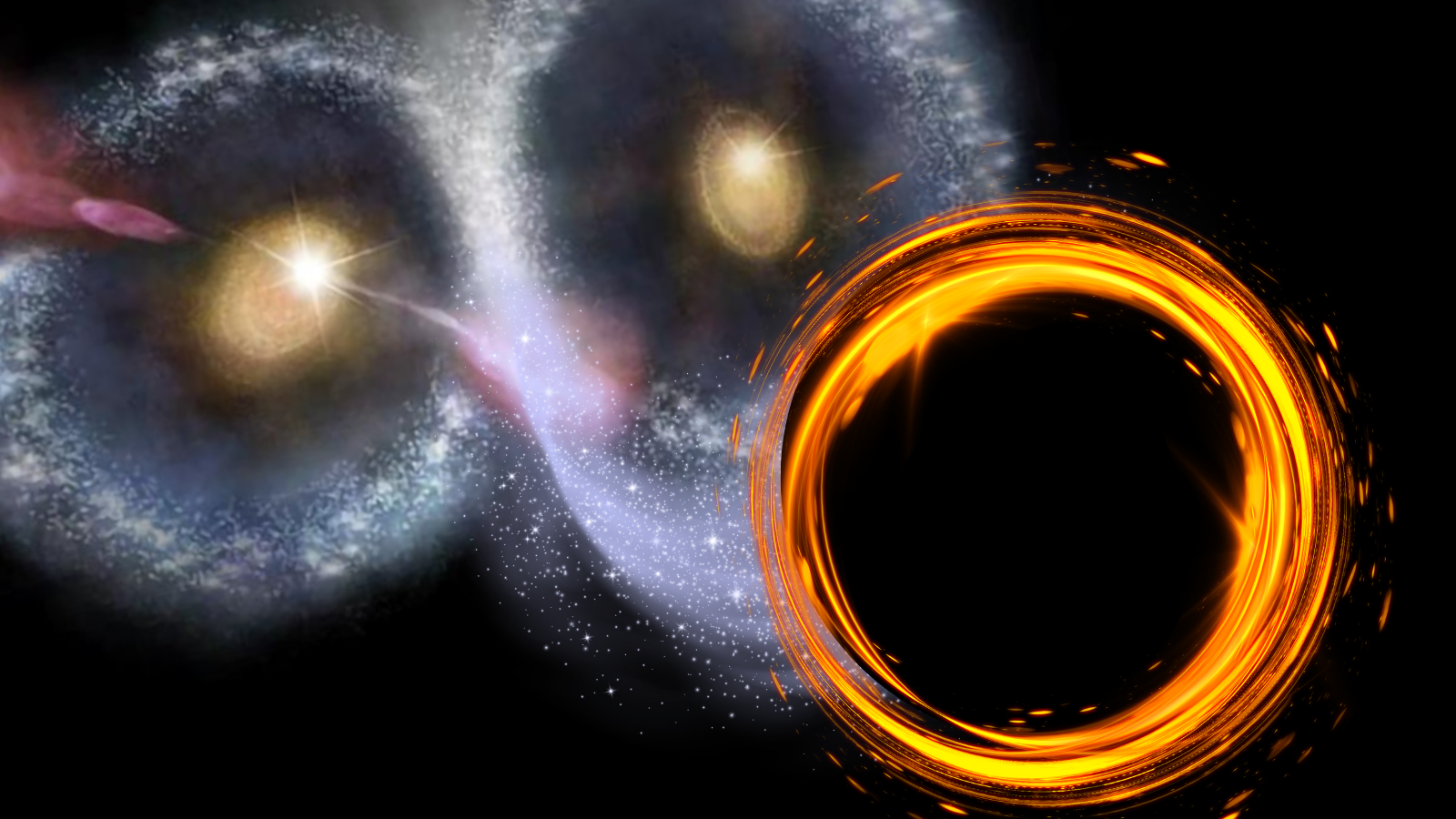Hope for Water on Mars Dims with Sharp New Images

New imagesobtained by a sharp-eyed Martian satellite reveal that some Red Planet featuresonce thought to have been carved by flowing water were in fact created by otherprocesses.
The imageswere taken during the first 100 days of the MarsReconnaissance Orbiter (MRO) mission and are detailed in a special sectionof the Sept. 21 issue of the journal Science.?
While theresults don't confirm or deny the existence of liquid water on Mars' surface,they are no less fascinating, say the scientists involved. For instance, oneteam found no evidence that flowing water caused bright deposits on the planet.Instead, the scientists proposed dry landslides caused the deposits.
"Allfindings are good findings," said one team leader Alfred McEwen, aplanetary geologist at the University of Arizona.
PhilipChristensen of Arizona State University said the MRO results reiterate that"Mars has been fairly dry for the recent past and we need to be carefuland not overestimate how much water may have been present, or may have shapedthe surface" in ancient times.
"Ihave been a 'dry Mars guy' for a long time," Christensen said. "Thesefindings are basically saying you look at very high resolution and you do seesome evidence for water, there's no disputing that. But you don't see anoverwhelming amount of evidence for water."
Lavaexplosions
Breaking space news, the latest updates on rocket launches, skywatching events and more!
Thebus-sized MROorbiting spacecraft, launched in 2005, is equipped with six instruments,including the High-Resolution Imaging Science Experiment camera, or HiRISE,which provides 10 times the resolution of any past Mars imagers. While the MROimages are in some cases inconclusive on the question of Martian water, theyare painting a picture of the Martian surface for scientists in unprecedenteddetail.
In somecases, the images refute past speculation that some of the features werecreated by flowingwater.
A team ledby Windy Jaeger of the U.S. Geological Survey in Arizona analyzed HiRISE imagesof the Athabasca Valles, a young outflow channel system speculatedto have been carved out by past catastrophic floods.
"That entire surface is coated with a thin layer of solidified lava, very hard rock that's almost preserved the channel system," Jaeger said, adding: "Catastrophic water floods probably did carve the channel system, but lava flowed through it more recently."
Thefindings suggest that rather than flooding, steam explosions left behind trailsof cone-shaped features found on the floor of Athabasca Valles.
"Whenwater and lava interact it causes a steam explosion," Jaeger told SPACE.com."And so the lava-covered ground had ground ice in it. And as that waterwas heated it exploded in steam explosions through the lava."
Drylandslides
McEwen ledanother research team, which studied a variety of landforms also thought to beassociated with past water on Mars. They examined images of gullydeposits that had been detected last year by the Mars Global Surveyor. The gully deposits were notpresent in 1999 images but appeared by 2004. The before-and-after images raisedhopes that modern flows of liquid water created the deposits. However,observations from MRO suggest a dry origin, McEwen said.
Bothchemical analyses and images of one of the fresh deposits showed no signs offrost or ice and no evidence for even hydrated minerals, all of which could have given the deposits a "bright" appearance.
"Wethink dry landsliding could've created the bright deposits," McEwen said.
The slopesabove this deposit and five other locations are steep enough for sand or loose,dry dust to flow down the gullies, the scientists say. Material uphill could bethe source.
In science,discrediting a theory can be just as important as supporting one. "Somescience reporters are acting as if we should be disappointed these new brightdeposits weren't deposited by water," McEwen said. "We're excited byany advance in understanding Mars no matter what it is."
No ocean
Theresearchers also ruled out a hypothesis for an ancient ocean on Mars.
The Vastitas Borealis Formation, whichcovers low-lying northern plains of Mars, was thought to be the result offine-grained deposits left by an ancient ocean. The new HiRISE images reveal the area, which appearedas flat and featureless in prior missions, is peppered with large boulders.
Themixed-bag of findings intrigue scientists involved.
While Marsis dry now, there remains a lot of water locked up as ice at the poles andbeneath the surface away from the poles.
"Ninety-ninepercent of Mars is pretty dry and pretty average and not all thatexciting," Christensen said. "But the one percent is extremely interesting. Soimagine stumbling across an oasis or hot spring out in the middle of a desert.It's a barren desert but gosh that little oasis sure looks attractive."
As anastrobiologist, Christensen says Mars holds plenty of hideoutsfor life, "I think there are still plenty of places to look forlife on Mars."
- Image Gallery: Visualizations of Mars
- VOTE: The Best of the Mars Rovers
- Video: Getting There?MRO's Trip to Mars

